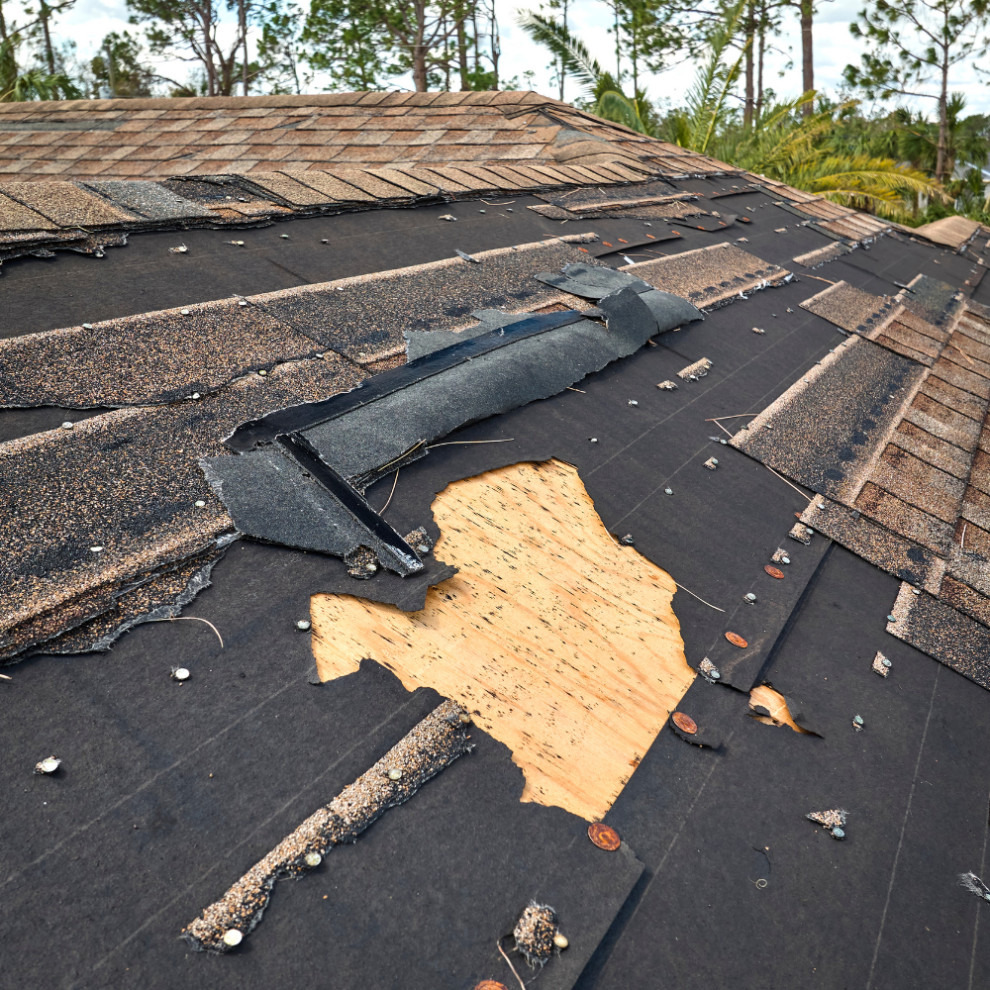New Builds, Remodels, & Additions: Call Us for a Home Transformation!
Request ConsultationWhen Should I Replace My Roof

Hey folks! Today, we’re going to tackle a question that’s on every homeowner’s mind at some point: When should you replace your roof? Knowing when to take this crucial step can save you from bigger headaches down the line. Let’s break down the signs, timing, and what to expect during the replacement process.
Signs That You Need a New Roof
1. Age of the Roof
- Asphalt Shingles: 20-30 years
- Metal Roofing: 50+ years
- Wood Shingles/Shakes: 30-50 years
- Slate Roofing: 100+ years
- Clay/Concrete Tiles: 50+ years
- Synthetic Roofing: 30-50 years
If your roof is nearing the end of its expected lifespan, it’s time to start planning for a replacement.
2. Visible Damage
- Curling or Buckling Shingles: Shingles that are curling or buckling indicate they’re past their prime.
- Missing Shingles: If shingles are missing, especially after a storm, your roof’s ability to protect your home is compromised.
- Cracked Shingles: Cracks can let water seep into your home, leading to bigger problems.
3. Leaks and Water Damage
- Interior Leaks: Water stains on your ceiling or walls are a sign that your roof is leaking.
- Moss and Algae Growth: While not always a sign of a failing roof, moss and algae can trap moisture and cause damage over time. Moss can also be a gateway for termites and ants. Yes, you read that correctly. Termites and ants will embed in the moss, and use the moisture to eat into your roof. Mostly come from swarming and they can crawl on tress that are touching the house.
4. Sagging Roof Deck
- If your roof deck is sagging, it’s a clear sign that there are serious structural issues. This needs immediate attention.
5. Granules in Gutters
- If you find granules from asphalt shingles in your gutters, it’s a sign that your shingles are deteriorating. Do not be afraid if you have some granules in your gutters. This is normal. This is caused from roof install, old shingles being removed and the gutters remained, and normal wear and tear. This coincides with granule loss on the actual shingle.
What to Expect During a Roof Replacement
1. Initial Consultation
- The process starts with a thorough inspection and consultation. A roofing professional will assess the condition of your roof and provide recommendations.
2. Choosing Materials
- Based on your needs and budget, you’ll select the roofing material that’s right for you. Consider durability, aesthetics, and cost.
3. Preparing Your Home
- Protect your belongings by covering items in the attic and moving outdoor furniture. Roofing can be noisy and messy.
4. Removal of Old Roof
- The old roofing materials will be removed and disposed of properly.
5. Installation of New Roof
- The new roof will be installed according to industry standards, ensuring it’s watertight and secure.
6. Final Inspection
- A final inspection will be conducted to ensure everything is in order and you’re satisfied with the work.
Ready for a Roof Upgrade? Schedule a Consultation with HoneyB Construction Today!
Replacing your roof is a big decision, but with the right guidance, it doesn’t have to be stressful. HoneyB Construction is here to help you every step of the way. From the initial consultation to the final inspection, we’ll ensure your new roof is perfect for your home. Don’t wait—give your home the protection it deserves. Call HoneyB Construction now to schedule your consultation and start planning your roof replacement today!
